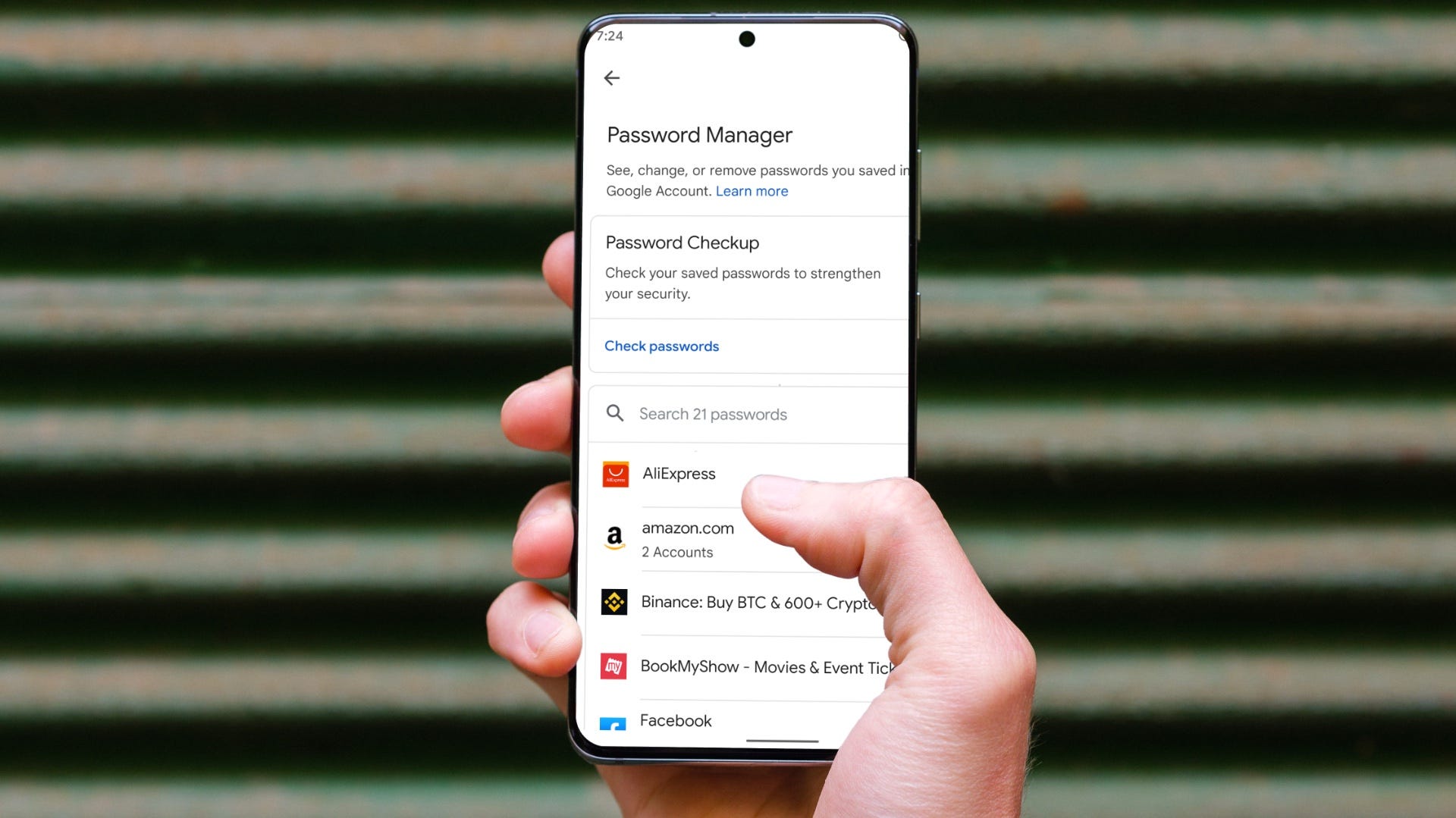
Understanding Android Locking Mechanisms
Smartphones have become essential in our daily lives. Android phones offer various locking mechanisms to secure devices:
- Pattern Lock: Draw a specific pattern on the screen.
- PIN Lock: Enter a numeric code.
- Password Lock: Use a combination of letters and numbers.
- Fingerprint Lock: Authenticate with a fingerprint sensor.
- Face Lock: Utilize facial recognition technology.
Each method provides different security levels, depending on personal preference and required security.
Methods to Access Android Phone without Password
Forgotten your Android phone's password or pattern lock? Several methods can help regain access:
Try Face or Fingerprint Recognition
If face or fingerprint recognition was set up, this is often the simplest way:
- Face Unlock: Look at the screen to unlock.
- Fingerprint Unlock: Place your fingerprint on the sensor.
These methods are quick and convenient but require prior setup.
Use Google Find My Device
Enabled Google Find My Device? Remotely unlock your phone using this service:
- Visit Google Find My Device: Use a computer or another smartphone.
- Sign In: Log in with the Google account used on the locked phone.
- Select Device: Choose the device to unlock.
- Lock Option: Select “Lock” and enter a temporary password.
- Unlock Device: Enter the temporary password on the locked phone.
This method works for devices running Android 5 or newer.
Reset Your Android Using “Forgot Pattern”
For devices running Android 4.4 or lower, use the “Forgot Pattern” feature:
- Enter Wrong Passcodes: Enter an incorrect pattern five times.
- Forgot Pattern Option: Select the “Forgot Pattern” option.
- Enter Google Account Details: Enter Gmail account credentials.
- Reset Screen Lock: Reset the screen lock after signing in.
This method is useful if you don’t have a Google account or have forgotten account details.
Factory Reset Your Android
Willing to lose all data? Perform a factory reset:
- Boot into Recovery Mode:
- Press and hold the Power and Volume Down buttons until boot mode appears.
- Use the Volume key to select Recovery mode and confirm with the Power key.
- Wipe Data/Factory Reset:
- Select “Wipe data/factory reset” using the Volume key and confirm with the Power key.
- Reboot System Now:
- Wait for the process to complete and select “Reboot system now” with the Power button.
This method erases all data, including the screen lock.
Use Samsung Find My Mobile
Using a Samsung device? Unlock your phone remotely with Samsung Find My Mobile:
- Visit Samsung Find My Mobile: Sign in with your Samsung account.
- Click Unlock from Options: Select the “Unlock” option.
- Confirm to Unlock: Confirm the unlock request.
- Finish Verification: Follow any additional verification steps.
This method is convenient if previously enabled on the Samsung device.
Unlock Using Secret Codes
Some Android devices have secret codes for unlocking or performing a factory reset:
- Enter Secret Code:
- Open the dialer app on the locked phone.
- Enter one of the secret codes:
27673855#* or ##7780## - Press the call button to initiate the process.
- Reset Android Phone Password:
- If successful, reset the screen passcode, PIN, or pattern.
Secret codes may not work on all devices and versions of Android.
Using Third-Party Tools for Unlocking
If the above methods don't work, several third-party tools can help:
DroidKit
DroidKit provides an unlocking tool to remove any screen lock:
- Download and Install DroidKit: Get DroidKit from its official website and install it.
- Connect Your Phone: Run DroidKit and connect the Android phone via USB.
- Choose Screen Unlocker: Select “Screen Unlocker” from the options.
- Start Unlocking Screen: Follow DroidKit’s instructions.
- Remove Now Button: Click “Remove Now” to complete the process.
DroidKit supports over 20,000 models of Android phones and tablets.
EaseUS MobiUnlock for Android
EaseUS MobiUnlock is another reliable tool:
- Free Download and Install EaseUS MobiUnlock: Download and install on Mac or PC.
- Open Application: Choose “Remove Screen Lock”.
- Select Device Brand: Select the device brand from the list.
- Click Unlock: Start the unlocking process.
EaseUS MobiUnlock works on 99% of Android phones with a high success rate.
Additional Tips and Considerations
- Regularly Back Up Data: Regular backups prevent data loss during factory resets.
- Use Strong Passwords: Strong passwords or patterns reduce the risk of forgetting them.
- Enable Google Find My Device: This feature helps remotely unlock the device if the password is forgotten.
- Contact Carrier for Network Unlock: For network compatibility, contact the carrier.
- Use Secure Unlocking Tools: Ensure third-party tools are secure and reputable to avoid risks.
